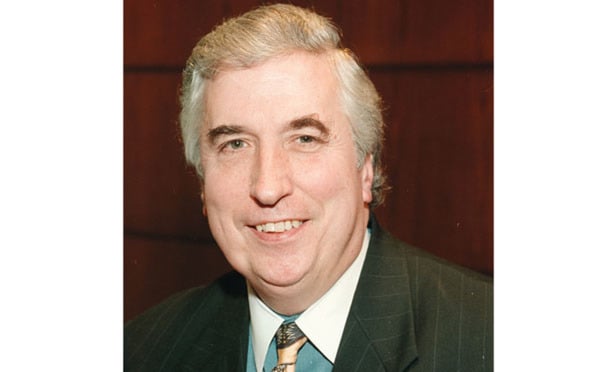Two recent developments have changed the playing field of corporate governance: (1) the Delaware Chancery Court’s ruling this month on the use of a two-tier poison pill in the Sotheby’s case (and Sotheby’s quick and conciliatory settlement two days later, which conceded three seats on Sotheby’s expanded board to Third Point, a particularly aggressive hedge fund),1 and (2) the joint $50 billion bid of Pershing Square Capital Management and Valeant Pharmaceuticals International for Allergan.2 In their wake, every pundit has announced that this is the heyday of hedge fund activism. Fund managers now hold the whip hand, and many believe that managements must appease these new activists and accommodate their agendas. This could be true (although in fact Sotheby’s was uniquely exposed because its board and management held less than 1 percent of the company’s stock, while, as noted below, hedge funds had accumulated over 30 percent of its stock by the time of the vote). Still, much of this commentary has missed the forest for the trees.
Particularly among academics, the analysis has been one-sided and shallow. Many legal academics view the Sotheby’s battle as an uncomplicated morality play with “good” hedge funds fighting an “entrenched” management that was seeking to use a “discriminatory” poison pill to block the shareholders’ “true” will. These academics have bought into the view that hedge funds and other activist investors are the catalysts who will at long last arouse institutional investors from their rational apathy and induce them to assert themselves as owners.3 This view will likely persist, both because academics tend to herd and because they are relying on empirical studies without analyzing carefully what those studies truly show. Accordingly, this column will take a closer look at the empirical evidence on hedge fund activism and then will turn to the issues surrounding the particular form of poison pill adopted by Sotheby’s. This author cannot claim complete objectivity (at least in this rare instance) because he did serve as an expert witness for Sotheby’s in the foregoing litigation. Precisely for that reason, however, the focus of this column will not be on the “inside baseball” of the Sotheby’s case,4 but rather on the empirical evidence. For practitioners, that focus is relevant because the Sotheby’s battle will likely foreshadow many proxy fights to come, as imitation is the sincerest form of flattery. Undoubtedly, other hedge funds will be motivated to mimic Third Point (possibly to their later regret).
This content has been archived. It is available through our partners, LexisNexis® and Bloomberg Law.
To view this content, please continue to their sites.
Not a Lexis Subscriber?
Subscribe Now
Not a Bloomberg Law Subscriber?
Subscribe Now
LexisNexis® and Bloomberg Law are third party online distributors of the broad collection of current and archived versions of ALM's legal news publications. LexisNexis® and Bloomberg Law customers are able to access and use ALM's content, including content from the National Law Journal, The American Lawyer, Legaltech News, The New York Law Journal, and Corporate Counsel, as well as other sources of legal information.
For questions call 1-877-256-2472 or contact us at [email protected]



